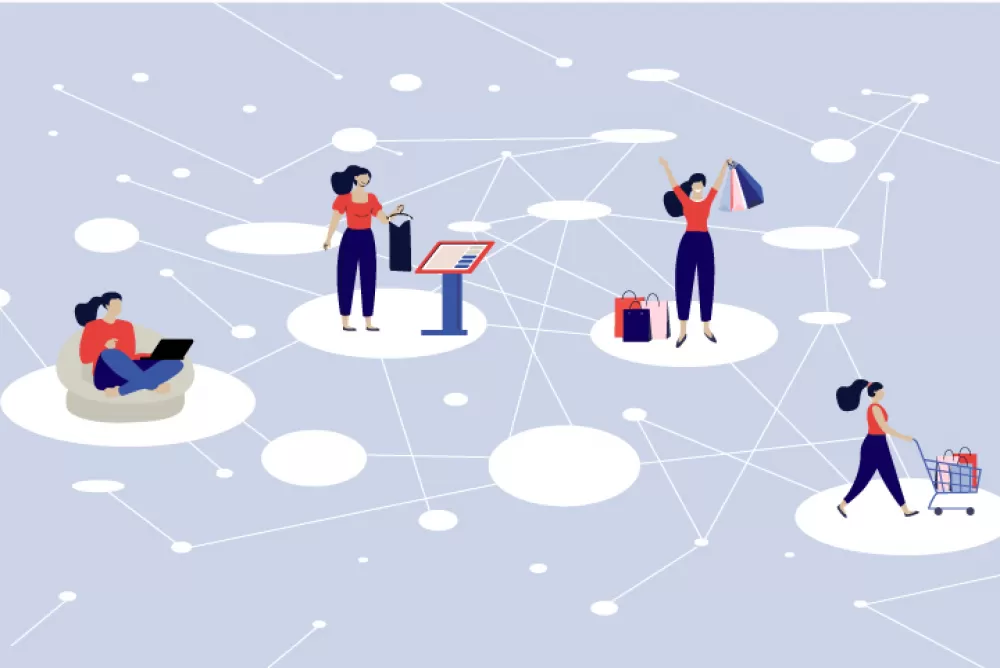Gone are the days when Chief Information Officers (CIOs) were just programmers. Today, CIOs and their teams of technologists, architects, and engineers must play the role of value creators rather than cost centers in modern enterprise businesses. For some, this shift is well underway, whereas, for others, it’s barely even started. Enterprises of tomorrow are expected to build systems and tools that will integrate principles of experience design, and marketing and communications to impress customers, create more employee and customer-centered change, and add shareholder value. To achieve this, modern organizations must reframe the role of a CIO.
Christie Koorts, CIO, Woolworths, on the evolving role of a CIO
“Change in technology is constant, has been for the longest time. We have a lot of dynamic customer-facing capabilities shift – this means deeply transforming backend capabilities as well –virtually everything needs deep transformation, so as a technology person, someone with an engineering DNA - this means one gets to change things and build things, with real impact for customers and business-at-large so it’s a very exciting time to be a CIO.”
CIOs have a seat at the executive table
Digital transformation is everywhere today, given that it’s no surprise that CIOs sit at the topmost level executive table. They must have oversight on how strategic priorities like innovation, enhanced performance, and security should be delivered to customers and shareholders while ultimately contributing toward a sense of trust. Several organizations have changed their hierarchy structure and have the CIO role report directly to the CEO. Customers are digital beings, products and services have a non-negotiable digital interface, and CIOs are in a unique position to influence broad business decisions and product strategies.
A focus on employee-technology relationship to deliver transformational customer experience
A CIO is responsible for providing the right application environment so they are at the center stage of creating efficiencies across the business. But pounding technological changes into business isn’t particularly productive or efficient. It’s not technology for technology’s sake but technology to solve problems and create value. The remit is how to deliver a meaningful, digital experience – and adopt the right technology to interact, deliver, sell, and ensure that organizations put people at the heart of processes. It’s not about introducing a great new technology and then finding a problem to solve with it; rather, starting with people, understanding concerns and pain points, and co-creating a solution. At a time when MACH architecture, composable systems, and AI are giving a new dawn to customer interactions, CIOs need to create robust strategies, invest in the right programs, hire the right talent, and instill the right culture for successful adoption.
Just thinking about customers won’t deliver the wow factor of experience; involve employees to design best-in-class customer success
A great way to think about how to land digital transformation that sticks within your business is by treating employees as customers because employees mirror customers. Both perceive products, services, tools, and workflows as connected pieces of a single system and expect this system to run smoothly and support them in their jobs. When this expectation is delivered, friction is removed, and business moves forward effectively and efficiently.
The synergies of the technology-employee relationship can help companies stay agile and meet evolving customer demands. Using employee insight to guide the technology-employee relationship ensures the right tools are deployed at the right time and maximize return on investment. This requires taking an outside-in approach to gain a full understanding not only of what the technology can do but also of how employees will use it. Organizations which succeed in harnessing the power of technology through a skilled, adaptable, and informed workforce are positioned to outpace competitors and fundamentally reshape the business landscape.

How to create business advantage and long-term value?

Do we know our customers as well as we know the technology?

What is the ideal IT strategy for an organization and how to drive it?

How to ensure employees keep pace with change without feeling overwhelmed?
Apart from being a business strategist, a custodian of technology, and a change-management agent, CIOs are also prominent thought leaders and inspiring communicators. They are not specialized experts in application development – rather generalists who can draw up a vision-led digital strategy and prepare for futuristic opportunities that embrace technological developments. They scan the outside environment, bring in perspective, and use that perspective to guide how an organization’s products and services should evolve, where new revenue streams and opportunities exist, and where threats reside.











